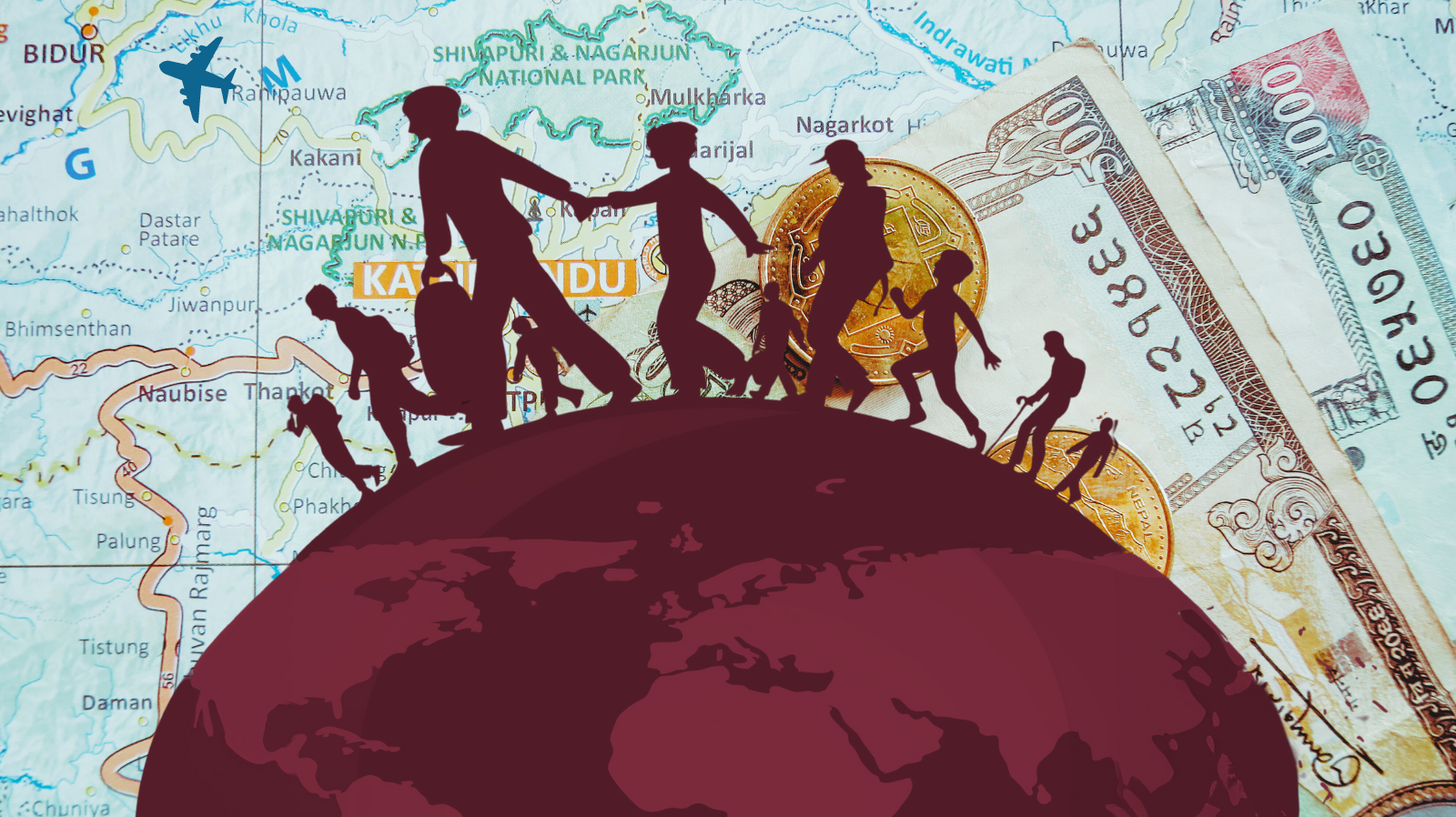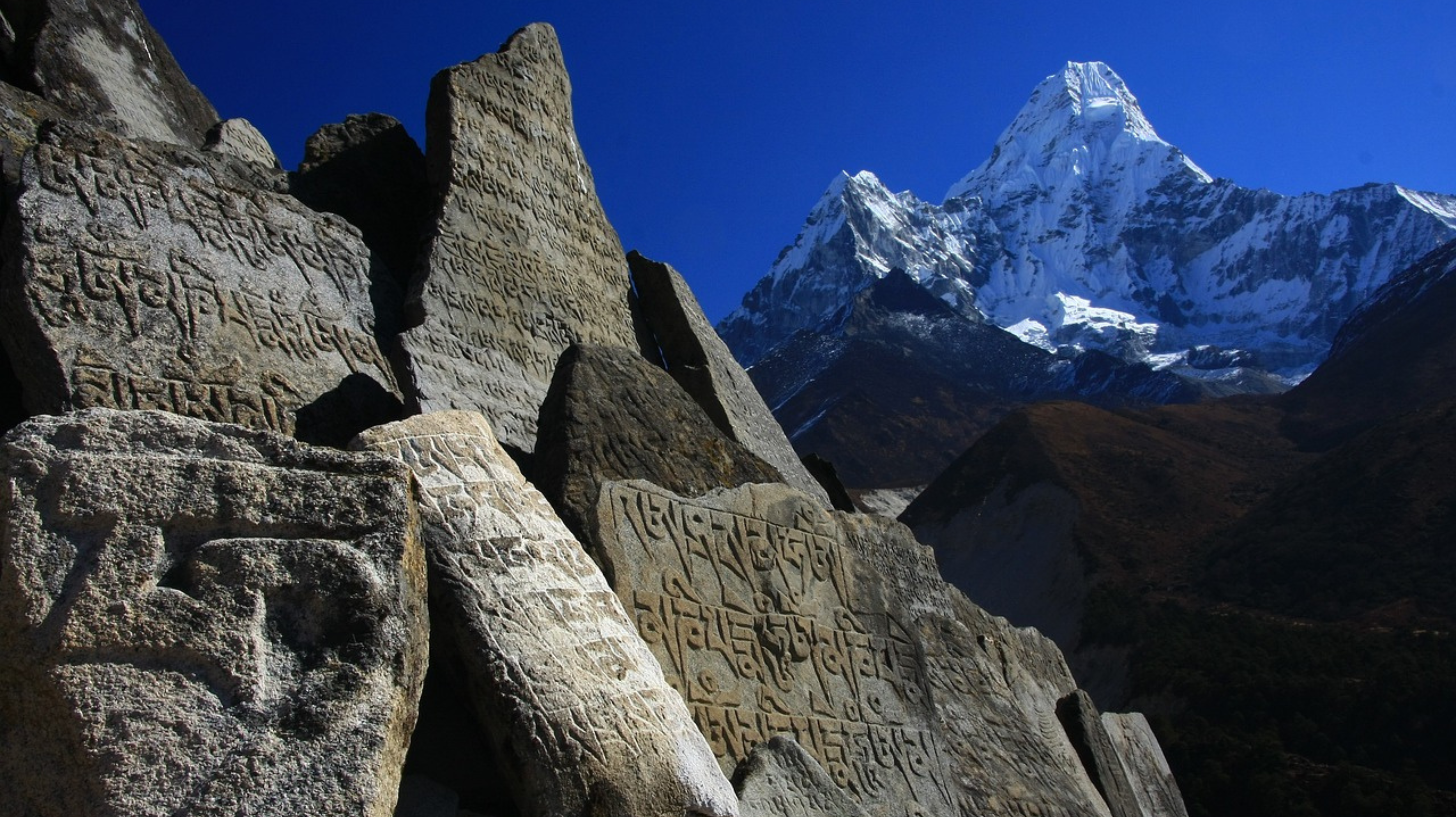The transformation of Nepali economy over the last two decades have been fueled by remittances, increasing prices of stock as well as real estate.


The transformation of Nepali economy over the last two decades have been fueled by remittances, increasing prices of stock as well as real estate.

Transitioning to a Knowledge Economy could be a possible solution for Nepal with a landlocked geography and limited industrial base.

While air accidents grab headlines space and become a matter of public discussion, road accidents do not attract the same sense of attention.

Known as the ‘yam between two boulders’, Nepal can draw from its strategic geopolitical positioning in South Asia for promoting sustainable energy production in the region.

The way forward is definitely to translate Nepali literature and share it with the world. But before we do that, building the larger contextual narrative on which these works can find firm footing is important.

While some people talk about the stability of the single party authoritarian Panchayat rule, they tend to forget that no prime minister has seen a full five-year term so far; therefore, instability has always been constant in Nepal.